Newly Described Horned Dinosaur Found in southern New Mexico
October 1st, 2021
Scientists at the New Mexico Museum of Natural History & Science (NMMNHS) and other institutions have named a new kind of horned dinosaur (ceratopsid) that lived in New Mexico about 72 million years ago.
The new dinosaur is named Sierraceratops turneri. The genus name Sierraceratops refers to Sierra County, New Mexico, where the fossil was discovered, and to the group of which the species is a part, Ceratopsidae. The species name turneri honors Ted Turner, founder of the Cable News Network (CNN), who owns the ranch where the fossil was discovered and permitted its collection by NMMNHS paleontologists and volunteers.
Researchers published their find in the scientific journal Cretaceous Research. The study was published by Sebastian Dalman, a research associate of the NMMNHS, as well as Spencer G. Lucas (curator) of the NMMNHS. Steven Jasinski of Harrisburg University (Pennsylvania) and Nicholas Longrich of the University of Bath (England) completed the research team.
The fossil specimen of the new species, which included multiple bones from one individual, was discovered in Late Cretaceous rocks of the Hall Lake Formation near Truth or Consequences, New Mexico, on a ranch owned by Ted Turner. A field crew from the Museum collected the specimen. Although bones of the entire dinosaur were not recovered, a significant amount of the skeleton was preserved, including parts of the skull and lower jaws, forearm, shoulder, pelvis, vertebrae, and ribs. These bones show the animal is unique among known dinosaur species.
Some of the key features that distinguish Sierraceratops from other horned dinosaurs involve the bones that makes up the dinosaur’s frill, known as the squamosal and parietal, as well as its massive brow horns. Sierraceratops had a large skull, about 5 feet long, and its overall body length was about 15 feet. Like other ceratopsids, it was a quadrupedal plant eater.
Sierraceratops is related to but predates Triceratops, another ceratopsid dinosaur. Horned dinosaurs were generally large, rhinoceros-like herbivores that likely lived in groups or herds. They were significant members of Late Cretaceous ecosystems in North America. Comparing features of Sierraceratops with other known ceratopsid dinosaurs helped the research team trace its evolutionary relationships to other ceratopsids.
The discovery is part of a wave of new dinosaur discoveries that has emerged from North America in recent years. As paleontologists collect new skeletons and restudy old fossils, they’ve found that the same species didn’t live everywhere. Instead, different horned dinosaurs, duckbills, tyrannosaurs, and raptors lived in different parts of the continent. As paleontologists have moved from well-known hunting grounds into more poorly known territories, new species have continued to emerge.
The research team concluded that Sierraceratops is most closely related to other ceratopsids from Texas and northern Mexico. These ceratopsids thus form a group that appears to have lived only in southwestern North America, different from the ceratopsid groups that lived to the north. This suggests that distinct and endemic groups of ceratopsids may have inhabited different parts of western North America during the Late Cretaceous.
When Sierraceratops lived and died, America’s environment was very different. Today, the American Southwest is deserts and dry plains. In the Late Cretaceous, 72 million years ago, climates were balmy, forests were lush, and sea levels were 100 meters higher. New Mexico wasn’t covered by desert, but by rivers, swamps, and floodplains, full of palm trees and alligators, on the edge of a huge inland sea. This coastal plain extended all the way to Canada and supported a very diverse dinosaur fauna.
About the New Mexico Museum of Natural History and Science
The New Mexico Museum of Natural History and Science is a division of the Department of Cultural Affairs, under the leadership of the Board of Trustees of the New Mexico Museum of Natural History & Science. Programs and exhibits are generously supported by the New Mexico Museum of Natural History Foundation, through the generous support of donors. Established in 1986, the mission of the New Mexico Museum of Natural History & Science is to preserve and interpret the distinctive natural and scientific heritage of our state through extraordinary collections, research, exhibits, and programs designed to ignite a passion for lifelong learning. The NMMNHS offers exhibitions, programs, and workshops in Geoscience, including Paleontology and Mineralogy, Bioscience, and Space Science. It is the Southwest’s largest repository for fossils and includes a Planetarium and a large format 3D DynaTheater.
###
# # #
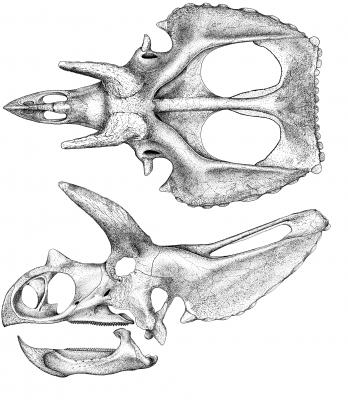
New Mexico CulturePass
Your ticket to New Mexico's exceptional Museums and Historic Sites.
From Indian treasures to space exploration, world-class folk art to awesome dinosaurs—our museums and monuments celebrate the essence of New Mexico every day.
More Info »
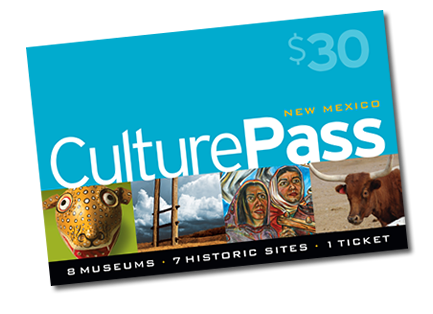

Encounter Culture
Take a look inside the museums and historic sites of New Mexico without leaving home. Join host Charlotte Jusinski, and a variety of guest curators, artists, and exhibitors in exploring the art and culture of the state in Encounter Culture, a new podcast from the New Mexico Department of Cultural Affairs.



Featured DCA Exhibitions

The Santos of New Mexico
As part of our Highlights from the Collection: The Larry and Alyce Frank Collection of Santos (saints), in the Palace
more »
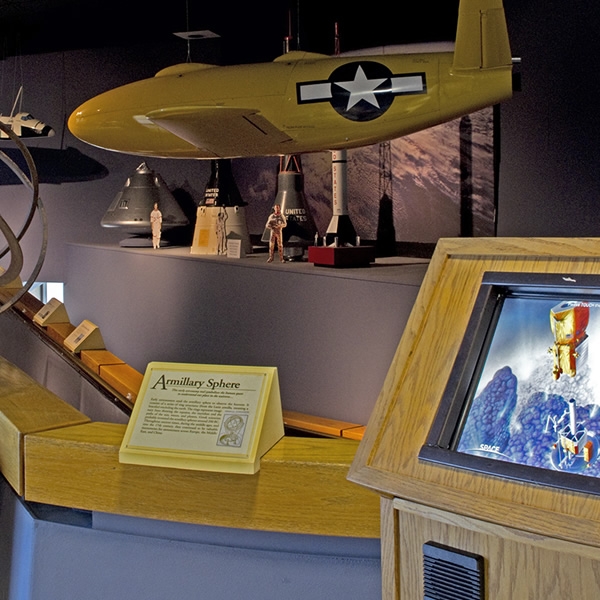
Icons of Exploration
Showcases some of the Museum’s most celebrated objects including a real "moon rock," rare replicas of the first
more »
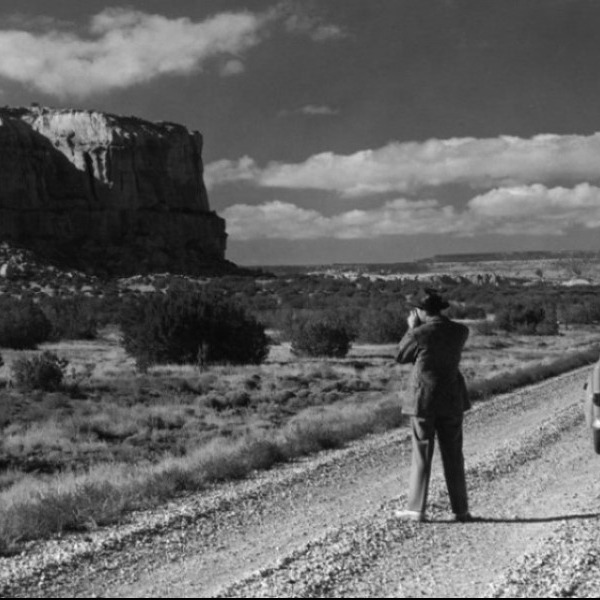
EnchantOrama! New Mexico Magazine Celebrates 100
The New Mexico History Museum, with support from New Mexico Magazine, proudly presents EnchantOrama! New Mexico
more »
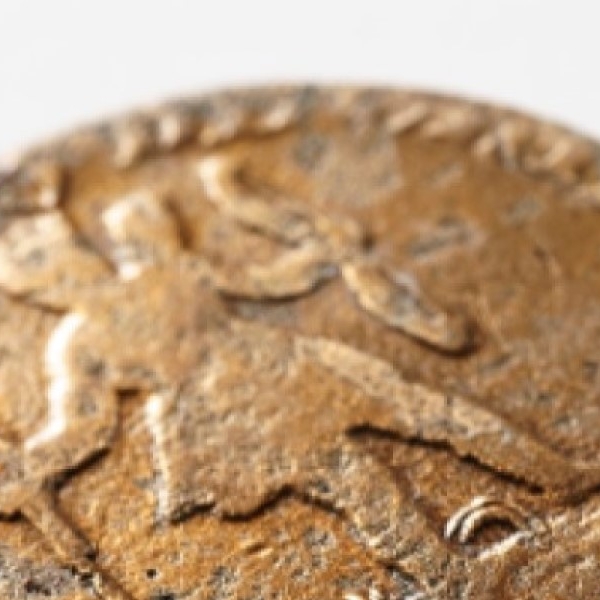
The Palace Seen and Unseen: A Convergence of History and Archaeology
Reflecting current archaeological and historical perspectives, Palace Seen and Unseen draws from historic documents,
more »
